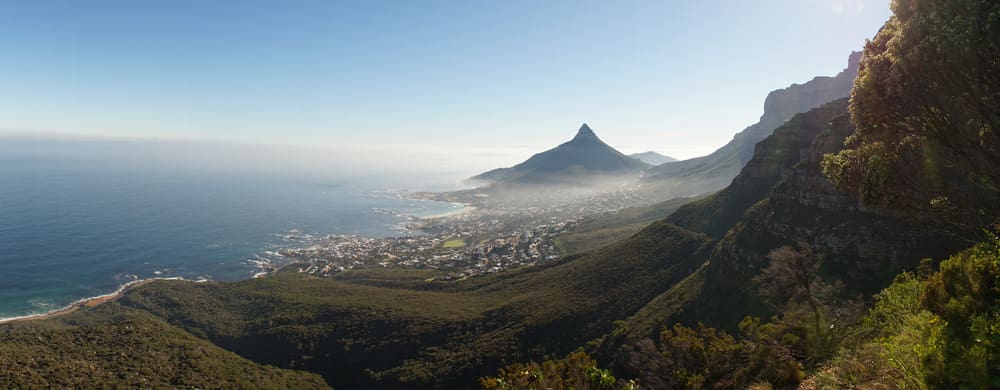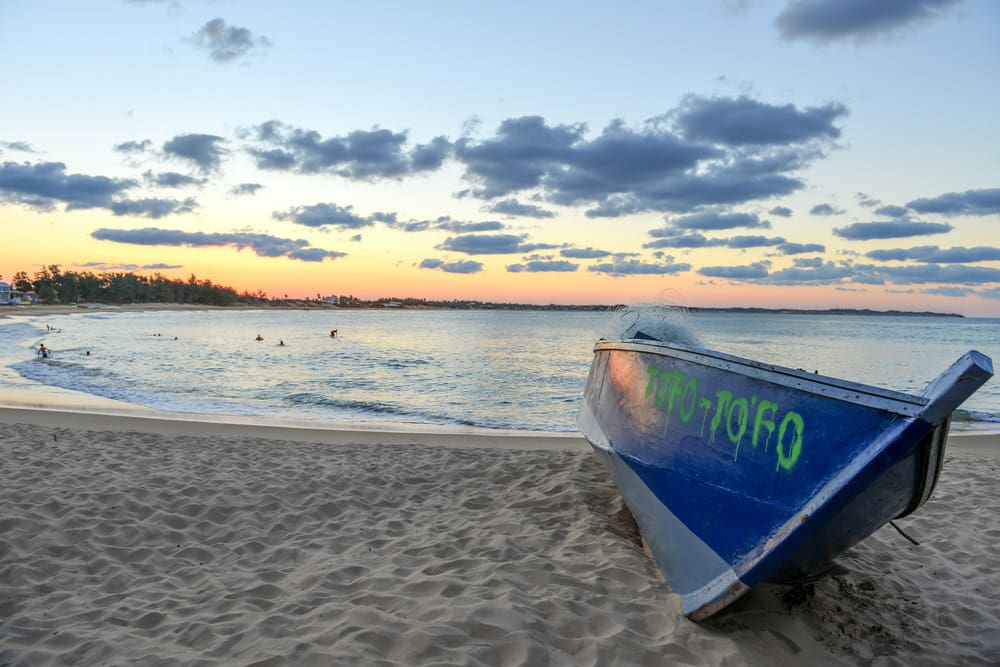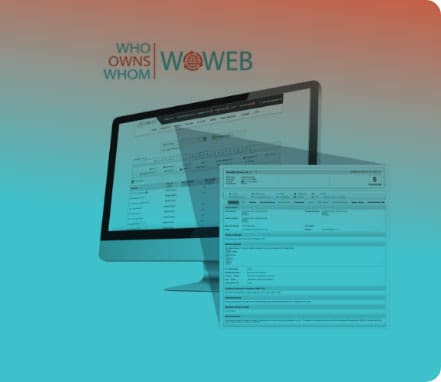State-owned enterprises in South Africa – a sword of Damocles for the fiscus
As articulated in the Who Owns Whom report on South Africa’s SOEs , the major SOEs’ total asset value (financial and non-financial) rose by 2.1 % to R1.65 tn in the financial year ending 31 March 2024, while liabilities grew by 8.2 % to R1.09 tn.
The status of SOEs in South Africa
When reading the Who Owns Whom report, one is confronted with their great potential on the one hand, and the cost burden to the fiscus and mismanagement of most of these entities on the other. else to show.
Collectively, the hundreds of state entities employ hundreds of thousands of people and drive several innovations and research and development programmes through partnerships with universities. They also contribute to capital formation and infrastructure. There was a time when Eskom was profitable and extending its services to other African countries. The Public Investment Corporation (PIC) and the Development Bank of Southern Africa (DBSA) channel trillions of rands into infrastructure, housing, and green energy at below-market funding cost.
Together, their financial power can contribute meaningfully to economic growth. So, what is holding them back?
Challenges facing SOEs in South Africa
Sadly, the large asset base has been ravaged over time through mismanagement and wastage.
The SOEs operate in strategic sectors like electricity, logistics and telecommunications, contributing to job creation, social development and state security. They generally do not face competition, making it easy for them to be profitable. But their structural, operational and political shortcomings are too blatant to ignore.
The magnitude of the destruction of SOEs is a sword of Damocles hanging over government’s head. Their failures are well documented, and more drastic measures than those tried to date are required to turn the tide. Municipalities were bailed out with conditions, but for the vast majority, they are not showing any improvement.
Constant bailing out of Eskom has done little to improve its profitability, and instead has saddled South Africans with one of the most expensive power supplies, which has remained unreliable. Transnet’s decline is arguably equally damaging to the economy, and eventually for consumers and employment growth.
Other notable failures include the following.
The Post Office is dying, and bailouts to pay salaries amount to kicking the can down the road with no clear plan in sight.
Water delivery is hampered by the continued lack of maintenance, with the water boards waking up to the importance of maintenance while grappling with excessive losses due to leaks and illegal connections. This typifies what happens when things are left unattended for too long.
Daybreak Farms, which is not an SOE, but is funded by the government through the PIC and the UIF has been run into the ground in a sector where competitors in the private sector continue to operate successfully.
These are just a few examples of the dismal performance of SOEs and their continued drain on the fiscus.
Opportunities in SOEs and how to cash in on them
Everything is fixable, but the longer one waits to take drastic actions, the harder it gets.
The urgency is obvious, with SOE and municipal debts constituting a growing problem for the government. According to economist Dawie Roodt , the combined debt of government, SOEs, and municipalities pushes the official debt/GDP ratio from 73.9 % closer to 95 %, and with the government budget deficits continuing, the debt/GDP ratio is on an unsustainable trajectory.
The legal status of SOES protects them from competition, making them complacent with no incentive to improve or adequate consequences for poor performance.
The minister of Finance, in his 2025 Budget speech, emphasised that government would be adopting a strict “no bailout” approach, while guarantees would still be issued. This is a contradiction in terms, as providing guarantees, as much as they may be conditional, amounts to bailing out. About a month later, government issued a R51 bn guarantee for Transnet .
Government needs to do what has long been expected of it – become leaner, cleaner and safer. Nothing is impossible, it just needs the courage to apply the bitter medicine. Short-term pain for long-term gain.
Contact us to access WOW's quality research on African industries and business
Contact UsRelated Articles
BlogCountries Administrative and support activitiesSouth Africa
Regulation and oversight in accounting – balancing fairness, stability and economic growth
Contents [hide] Regulation and oversight increase the level of certainty essential for fairness and stability, particularly in the accounting profession. Clearly defined regulations prevent malfeasance, fraud, corruption, and injustice. The...
BlogCountries Administrative and support activitiesSouth Africa
Exploring the travel and tourism industry in South Africa
Contents [hide] As traditional tourist destinations face numerous challenges such as over-tourism, environmental impacts, economic instability, rising inflation and a high cost of living, South Africa is in a good...
BlogCountries Administrative and support activitiesMozambiqueTransportation and storage
Boosting Mozambique’s Tourism Through Sustainable Practices
Contents [hide] All countries want inbound tourism, which contributes to GDP. In Mozambique, tourism accounted for 3.71% of GDP between 2016 and 2020 when it welcomed an average of 2...





